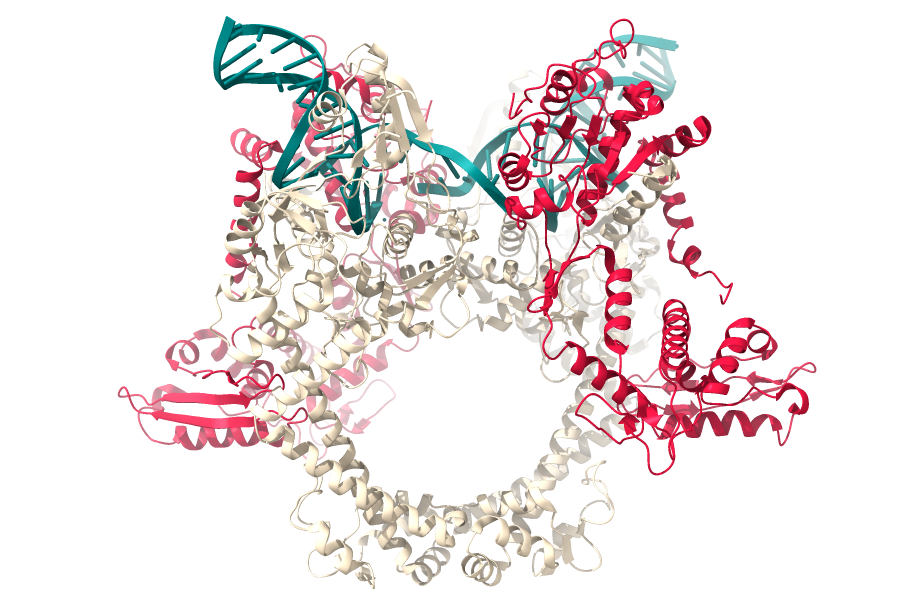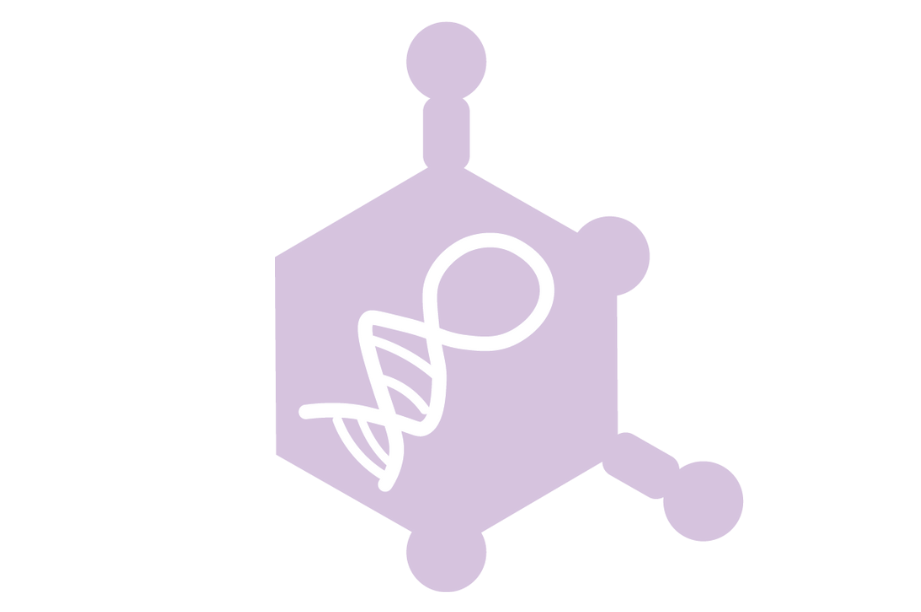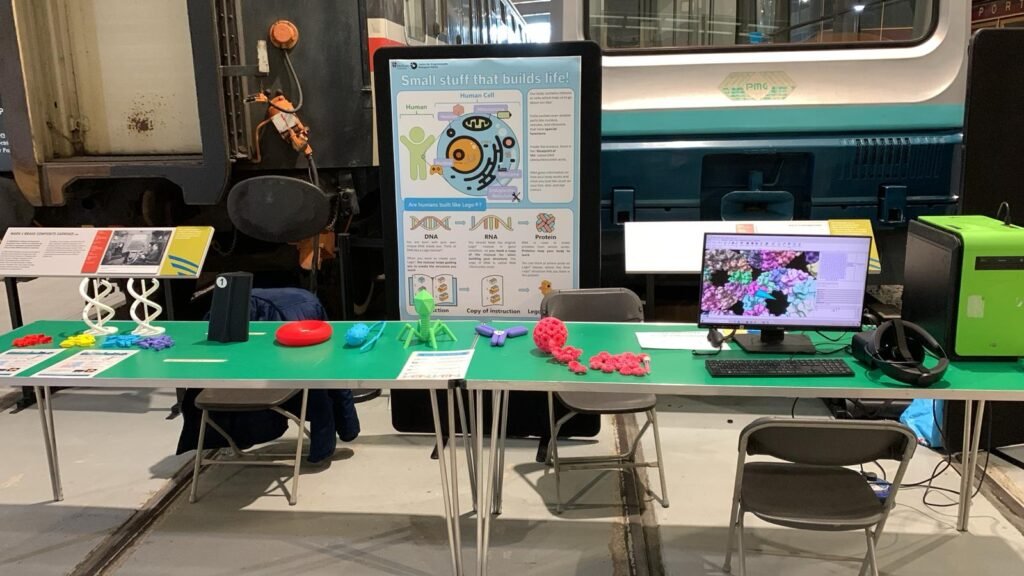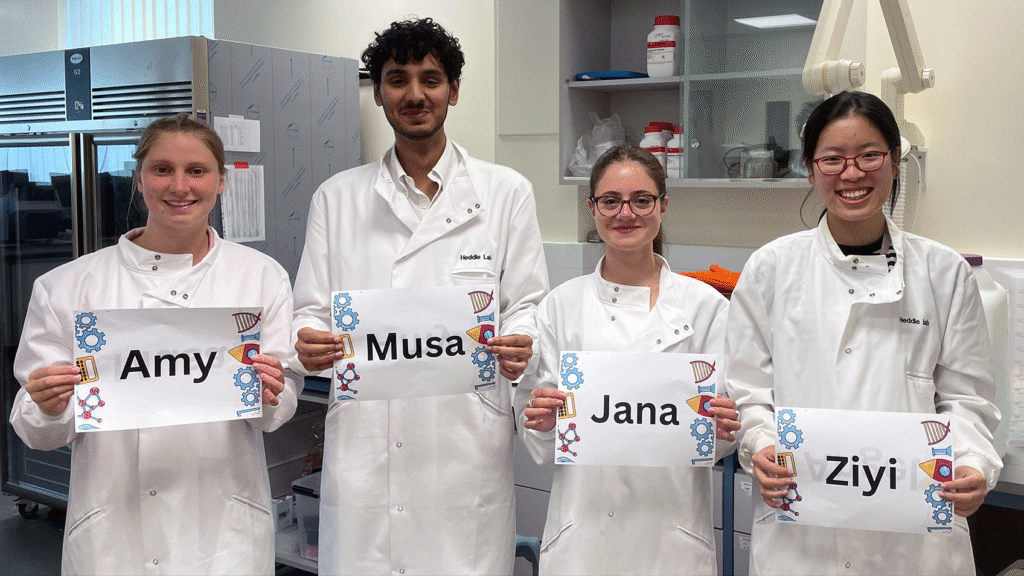OUR MISSION
At the Centre for Programmable Biological Matter (CPBM), our mission is to design and build artificial molecular machines with life-like functionality, pushing the boundaries of bionanoscience. We aim to revolutionize medicine, energy, and environmental sustainability by engineering dynamic, programmable systems that exceed the capabilities of nature. With the power to create nucleic acid and protein structures de novo, we stand at the forefront of a new era where biological matter is not only understood but designed for purpose. Our goal is to turn this vision into reality. We leverage world-class resources, state-of-the-art equipment, and an environment that empowers researchers and innovators to conduct cutting-edge, interdisciplinary research. CPBM fosters a culture of collaboration, uniting diverse expertise and utilising molecular design to accelerate breakthroughs to redefine the future of science and technology.
RESEARCH AREAS
Heddle Lab – Natural Nanomachines
Here we investigate topoisomerases, specifically DNA gyrase, both a fascinating nanomachine and an important target for antibacterial drugs.
Heddle Lab – Artificial Protein Nanostructures
Here we aim to build new artificial protein nanostructures not found in nature.
Heddle Lab – DNA Nanomachines
DNA is not just an information storage molecule it is also a highly programmable structural material that can be easily designed to form useful shapes and even programmable robots.
Bentham Lab – Protein Design
Utilising computational protein design and experimental structural biology to guide the bioengineering of staple crops with enhanced resistance to biotic and abiotic stresses.
Lin Lab – RNA Modification
RNA modification is a way to expand nucleotide structure diversity to fulfil different functions. In the Lin lab, we study mechanisms on how RNA modifying enzymes select their RNA targets by obtaining cryo-electron microscope structures details. This will be the basis for customised RNA modifications for bioengineering purposes.
Latest News
Check out our news page for the latest news and events
CPBM at the Celebrate Science Festival!
During the October half-term, CPBM had the privilege of taking part in the annual Celebrate Science Festival, at Locomotion in Shildon.Aiming to inspire the curious minds of children, our team[…]
Read moreAn inspiring visit from Professor Jamie Blaza
On 8th October the CPBM welcomed Professor Jamie Blaza from the University of York to give a seminar and a workshop based on his work with cryo-electron microscopy (cryo-EM). Jamie’s[…]
Read moreSummer 2025 Interns Enrich Research at the Centre for Programmable Biological Matter
The Centre for Programmable Biological Matter remains deeply committed to training the next generation of scientists. Each summer, we welcome a cohort of enthusiastic interns who bring fresh perspectives and[…]
Read more











